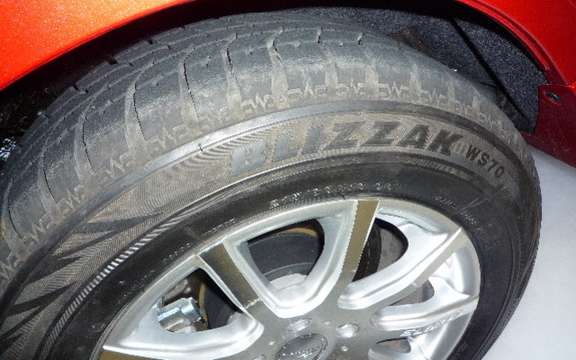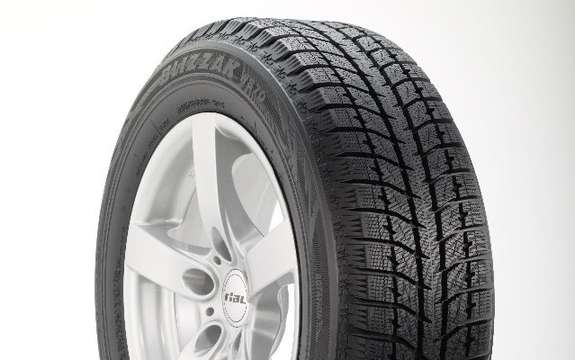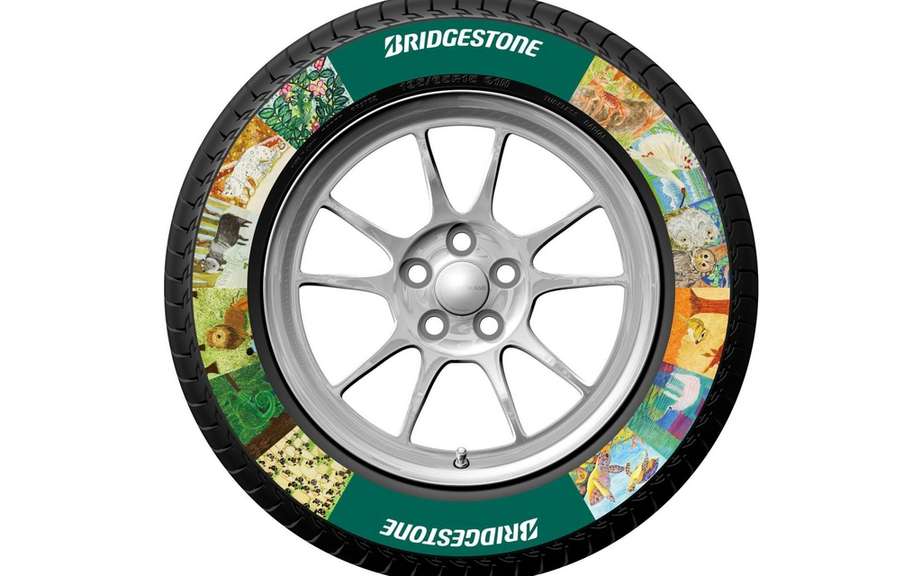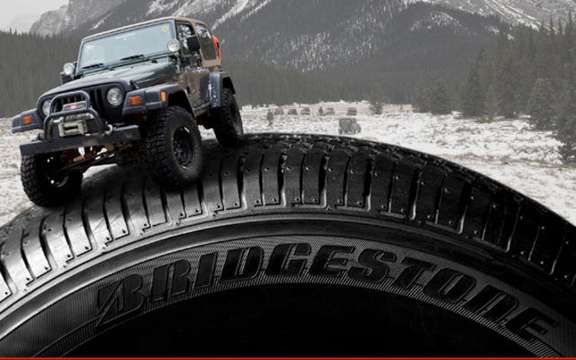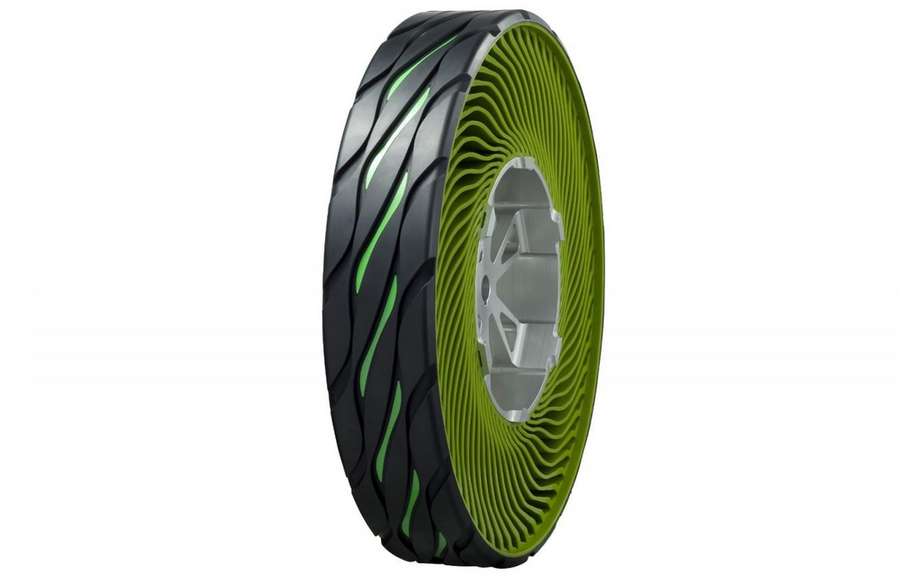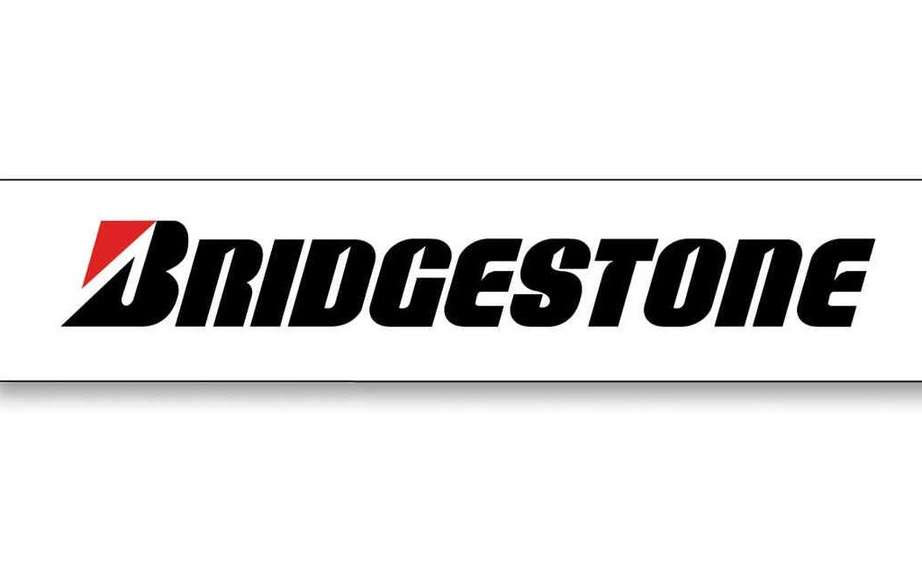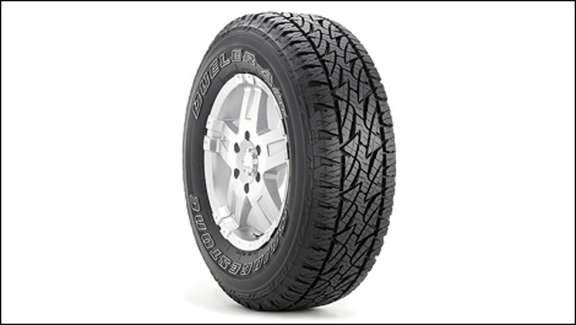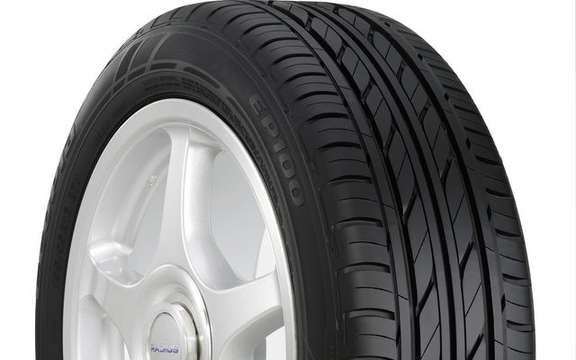The Bridgestone Blizzak, the secret is in the gum
When Bridgestone has unveiled its winter Blizzak in 1992, it was a real revolution. Indeed, this tire was significantly more effective than anything you could find on the market at the time. He was great in the snow like many others, but what distinguished this was especially incredible adhesion on ice. All enthusiastic drivers have turned to these tires, which encourages competition has develop a high speed several new products that can compete with the Blizzak.
Some companies have decided to add particles of nuts in the composition of the gum, other have opted for a compound of silica, and finally another important company NIOHC particles cotton. In short, the solutions were varied. Despite everything, the Bridgestone Blizzak was established as the reference in the matter. This explains why it has sold more than 150 million since its market entry. But these successes have not prevented Bridgestone to continue the development of its famous winter tire. If it was effective, there was room for improvement, particularly in terms of the durability of the sole. Indeed, after a season of use, it was almost become unusable or at least lost its incredible efficiency. At this time their, customers were told that the tires were become four seasons.
The engineers of the company have managed over the years to correct this deficiency and Blizzak no longer suffer from this problem of premature wear. The current model of the domain range of products is the Bridgestone WS60 who owns the reputation of being effective in all conditions is snow, ice, slush and of course dry pave. But for the next season, the 2010-2011 winter, tire manufacturer offers a new version of its Blizzak. But since the current model is still very effective, so do not expect either to an improvement of the double. As is usually the case with high quality tires, the tire efficiency should increase by about 15 to 20%.
The recipe for success
When considering the new Blizzak model compared to that sold at this time, we immediately noticed a significant difference in terms of the configuration of the sole. Indeed, instead of three longitudinal grooves whose main function is to evacuate water and moisture, we found four henceforth are equitably distributed across the width of the sole. It has also been revised to optimize the point of contact with the road.
This new distribution of longitudinal grooves necessarily brings a change in adherence blocks whose shape is now different. We must also emphasize the use of new blades which allow better adherence on the floor while reducing the noise level of the tire on the road. If to our eye these strips resemble simple grooves on the tire surface, they possess a very different configuration than the WS60 with a flared shape and the interior reinforcing bars between the strips to stabilize the sole. In addition, the edges of these plates are staggered so optimize again tacking on the road.
But what demarquait other Blizzak winter tires was the composition thereof. First, Bridgestone was one of the first if not the first one to leave the way of effective silica in the rubber. These mineral particles tend to agglomerate and are very difficult to mix in order to obtain homogeneous results. Bridgestone has always been able to properly manage this difficulty and improve the product over the years. The new WS70 therefore benefited from this experience. Note in passing that the use of silica in improves the tire rolling resistance while not ensuring greater longevity.
This is only part of the recipe for success. Indeed, the composition of the sole is constituted of microscopic bubbles and adherence to that achieve an optimized adhesion on the road particles. As I am not a chemist, I do not try to explain the intricacies of components and polymers used for this feat. But microspores adequately identify the water film that covers the floor and which is produced by the friction of the tire on the road. Part of the equation of adherence is SETTLED, especially on the ice, while micro particles adhesion act as microscopic nails to ensure excellent traction and good lateral support. Of course, the engineers of the company have used a nanotechnology to optimize this endowed millions of micropores sole.
Optimal efficiency will be presented until wear 51% of the sole. If this percentage you worried, know that it represents almost 90% of the thickness of the sole usable. Indeed, when the week is usee to 51% there is hardly a thin thickness of use before reaching the measurement indicators and replacement.
Overall, the engineers of the company have improved the tread design while maximizing the effectiveness of the composition of the rubber used and micropores. I had the opportunity this week to try the new tire WS 70 in winter conditions on a test track in Colorado, and I can assure you that this new product is impressive in its efficiency. Unfortunately it will not be available until the beginning of next winter. By cons, if you need to replace your winter tires at this time, the WS 60 is always an interesting choice since it is probably one of the best if not the best on the market. G. opportunity during this winter to try a Mazda 3 Sport and the results are conclusive.
In the fall I will make a detailed report of this winter test that allowed me to compare the new Blizzak with the best products on the market today. This is an appointment in October.
View the gallery




